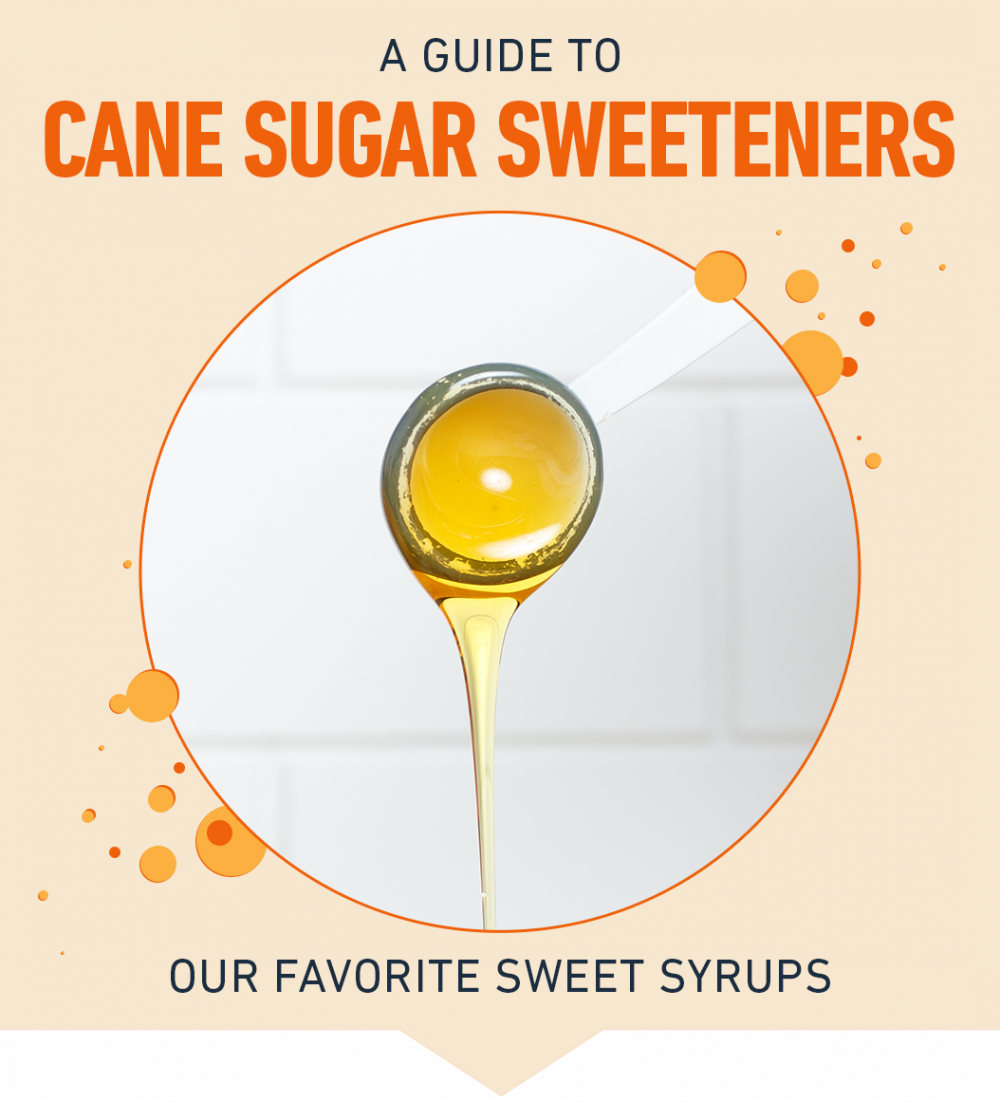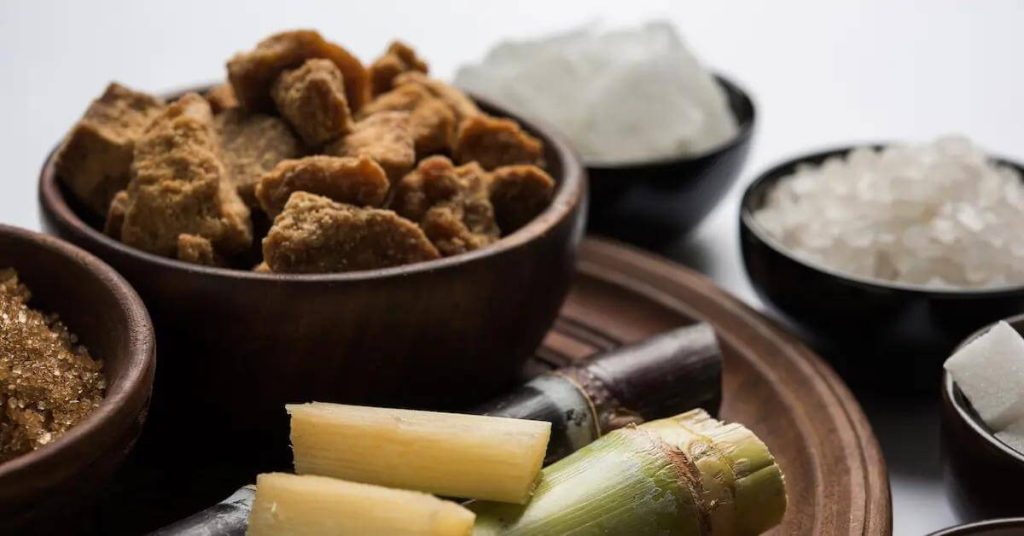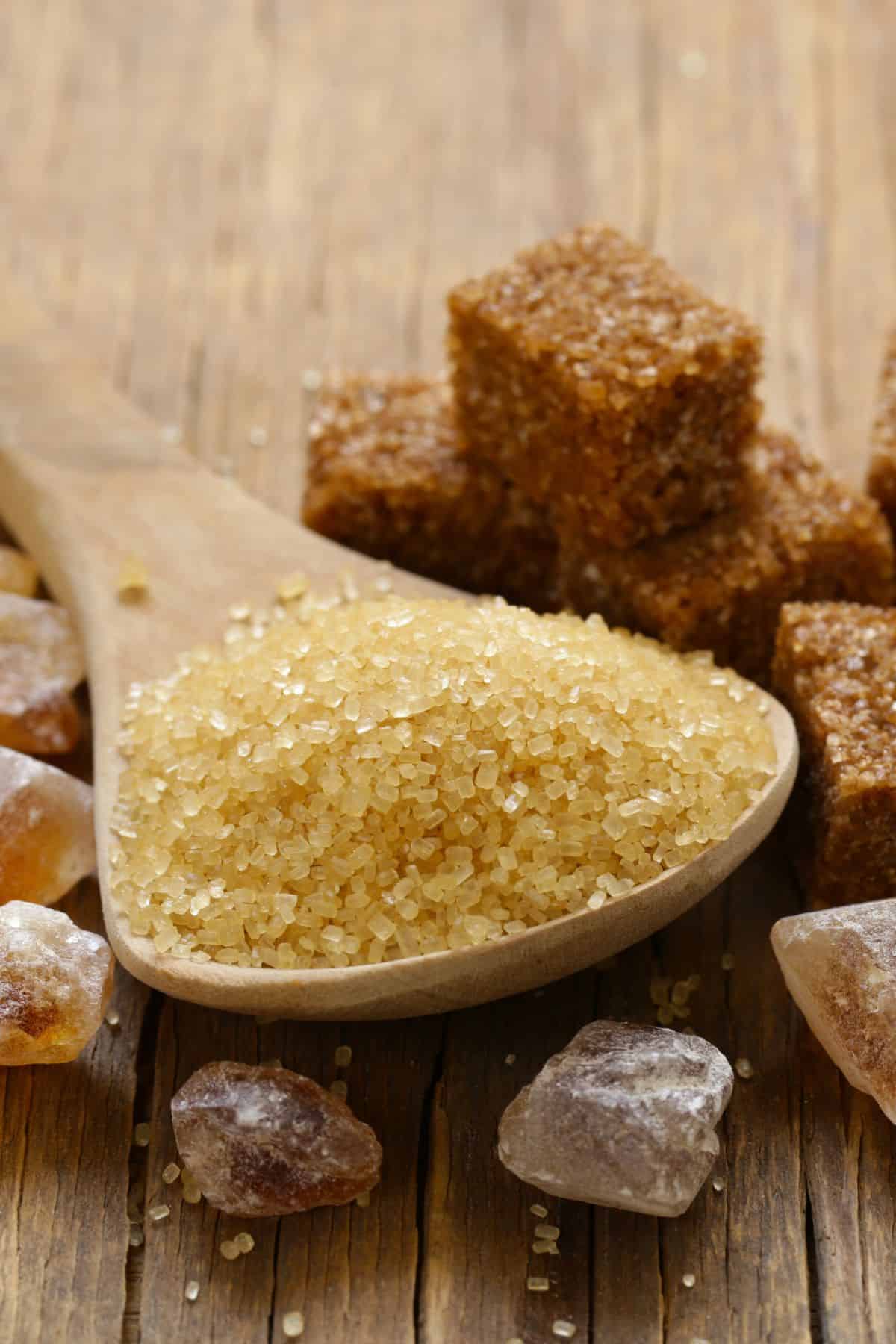Checking Out the Comprehensive Tips Involved in Cane Sugar Processing From Harvesting to Refinement
The procedure of walking stick sugar production incorporates a collection of detailed steps, starting with the cautious harvesting of sugarcane and culminating in the refinement phases that make sure the final item satisfies industry criteria. Each stage, from the extraction of juice to the filtration and crystallization processes, plays a critical function in identifying the top quality and character of the sugar. Understanding these phases not only highlights the intricacy of sugar production yet likewise elevates essential questions regarding efficiency, sustainability, and innovation in the sector. What implications do these factors have for future techniques?
Gathering Sugarcane
Harvesting sugarcane is an important step in the walking stick sugar handling chain, as it straight influences the high quality and yield of the final product. Appropriate timing and methods are essential during this phase to guarantee ideal sugar material and minimize losses. Usually, sugarcane is gathered when it reaches maturity, typically 12 to 18 months after planting, characterized by a high sucrose concentration.

Post-harvest, the sugarcane needs to be refined promptly to stop sucrose deterioration. Ideally, harvested cane should be transported to processing centers within 24-hour to maintain sugar top quality. Therefore, effective logistical planning is crucial to keep the honesty of the collected plant throughout the supply chain.
Removal Process

The smashed walking cane undergoes a collection of pushing operations to take full advantage of juice healing. Commonly, warm water is splashed onto the crushed cane, producing a countercurrent flow that helps liquify the sugar while additionally helping in the extraction process. The juice gathered from this operation has not just sugar yet likewise various natural substances and pollutants.

To improve removal efficiency, some facilities may employ diffusion approaches, where the sugarcane is soaked in warm water, allowing the soluble sugars to diffuse into the liquid. The resulting juice, rich in sucrose, is after that directed to subsequent processing stages, laying the foundation for purification and refinement. The removal procedure is hence pivotal in figuring out the top quality and return of the final sugar item.
Filtration Methods
The filtration methods utilized in walking cane sugar processing are necessary for transforming the raw juice into a top quality sugar item. These approaches mostly intend to eliminate pollutants, such as soil, plant materials, and inorganic materials, which can detrimentally influence the end product's flavor and color.
One of one of the most usual purification methods is clarification. This process involves adding lime and warm to the raw juice, which promotes the coagulation of pollutants. The resulting precipitate is then removed via sedimentation or purification, generating a more clear juice. Furthermore, making use of phosphoric acid can enhance the explanation process by more binding contaminations.
An additional considerable strategy is carbonatation, where carbon dioxide is introduced to the cleared up juice. This reaction creates calcium carbonate, which catches continuing to be impurities and promotes their elimination.
In addition, triggered carbon therapy may be related to adsorb any kind of continuing to be colorants and organic pollutants, making sure a more polished item. The mix of these techniques properly prepares the sugar juice for subsequent actions in the refining process, establishing the phase for the manufacturing of top notch cane sugar.
Formation Methods
After the purification stage, the following crucial action in cane sugar processing entails crystallization techniques, which play a critical duty in transforming the cleared up juice right into solid sugar. This process commonly uses 2 primary techniques: spontaneous formation and controlled condensation.
In spontaneous Check Out Your URL crystallization, supersaturated sugar options are allowed to cool naturally, bring about the formation of sugar crystals in time. This approach is simpler however might cause irregular crystal sizes and lower pureness degrees. On the various other hand, regulated crystallization is a much more precise technique where seeding, temperature level, and focus representatives are meticulously handled. This technique enables the consistent development of sugar crystals and higher pureness.
Throughout formation, the cleared up pop over to this site juice is focused with evaporation, boosting its sugar content till it gets to supersaturation. When this factor is achieved, either approach can facilitate the crystallization procedure. Cane Sugar Processing. The resultant sugar crystals are after that divided from the staying syrup with centrifugation
Ultimately, the choice of formation method impacts the top quality, size, and purity of the final sugar item, making this action necessary in the general walking stick sugar processing treatment.
Refinement and Packaging
How can the pureness and quality of walking stick sugar be further improved after formation? The improvement process plays a vital duty in accomplishing high-quality walking stick sugar.
Next, the sugar goes through a procedure called centrifugation, where it is spun at high speeds to here are the findings divide the purified sugar crystals from the remaining fluid. After centrifugation, the sugar is typically additional improved with an approach called carbonization or phosphatation, which utilizes triggered carbon or phosphoric acid to remove color and off-flavors.
Once improved, the sugar is dried to accomplish the wanted moisture material, making certain that it remains secure during storage and transport. The last action involves packaging the refined sugar in airtight and moisture-proof containers to preserve its top quality and stop contamination. Cane Sugar Processing. Correct product packaging not just expands life span yet additionally helps with simple handling and distribution, ensuring that customers obtain sugar that fulfills the highest standards of pureness and quality
Conclusion
The extensive actions associated with walking stick sugar processing, from the thorough harvesting of sugarcane to the detailed refinement and packaging stages, emphasize the value of each phase in making sure premium sugar manufacturing. Optimal harvesting techniques, efficient extraction methods, and rigorous purification procedures collectively add to the last product's purity and stability. The formation and succeeding product packaging methods additionally improve the integrity and service life of the sugar, highlighting the intricacy and accuracy fundamental in this essential farming market.
The procedure of walking cane sugar manufacturing incorporates a collection of detailed steps, beginning with the mindful harvesting of sugarcane and finishing in the refinement phases that make certain the last product meets sector requirements. Ideally, harvested cane needs to be transferred to processing centers within 24 hours to protect sugar quality.In spontaneous condensation, supersaturated sugar services are allowed to cool down normally, leading to the formation of sugar crystals over time - Cane Sugar Processing. The refinement procedure plays a critical function in achieving premium cane sugar.The thorough steps entailed in walking stick sugar handling, from the precise harvesting of sugarcane to the complex refinement and product packaging stages, highlight the value of each stage in ensuring high-quality sugar manufacturing